Penang – How a Location Spoke to me

I’d had a writing drought for three months. Not what I’d expected when I set off to sail around the world in one hundred and thirty days. With all that time and having finished my previous book I was certain I would have the next one finished by the time I landed back in Britain.
But despite (or because of!) visiting so many different and wonderful places I just didn’t feel inspired and my laptop sat neglected as I whiled away sea days knitting, reading, drawing and painting. Until I got to Penang. Then everything changed and the muse returned to me.
I still have no idea what happened there to bring about my urge to write. There was nowhere I saw that went directly into the four books I subsequently wrote set on that island. (Well only a bit of the fourth one is set there). That day I was there (yes only one day!) I visited a spice farm, a rather brash Chinse temple, a Burmese temple and a silk printing factory. Rather it was something in the air, something I sensed in the atmosphere that excited my interest and set my imagination running.
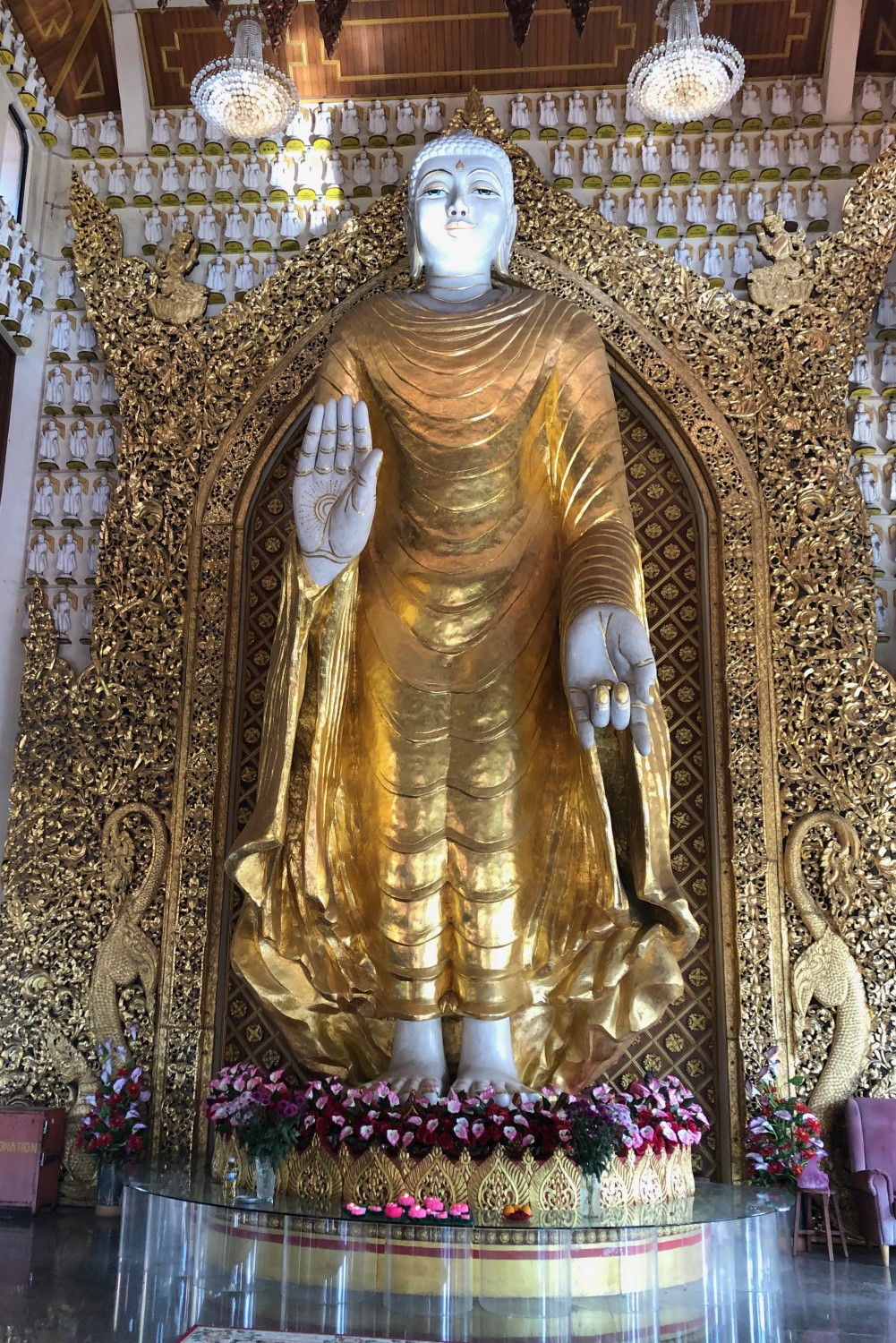
Temple statue
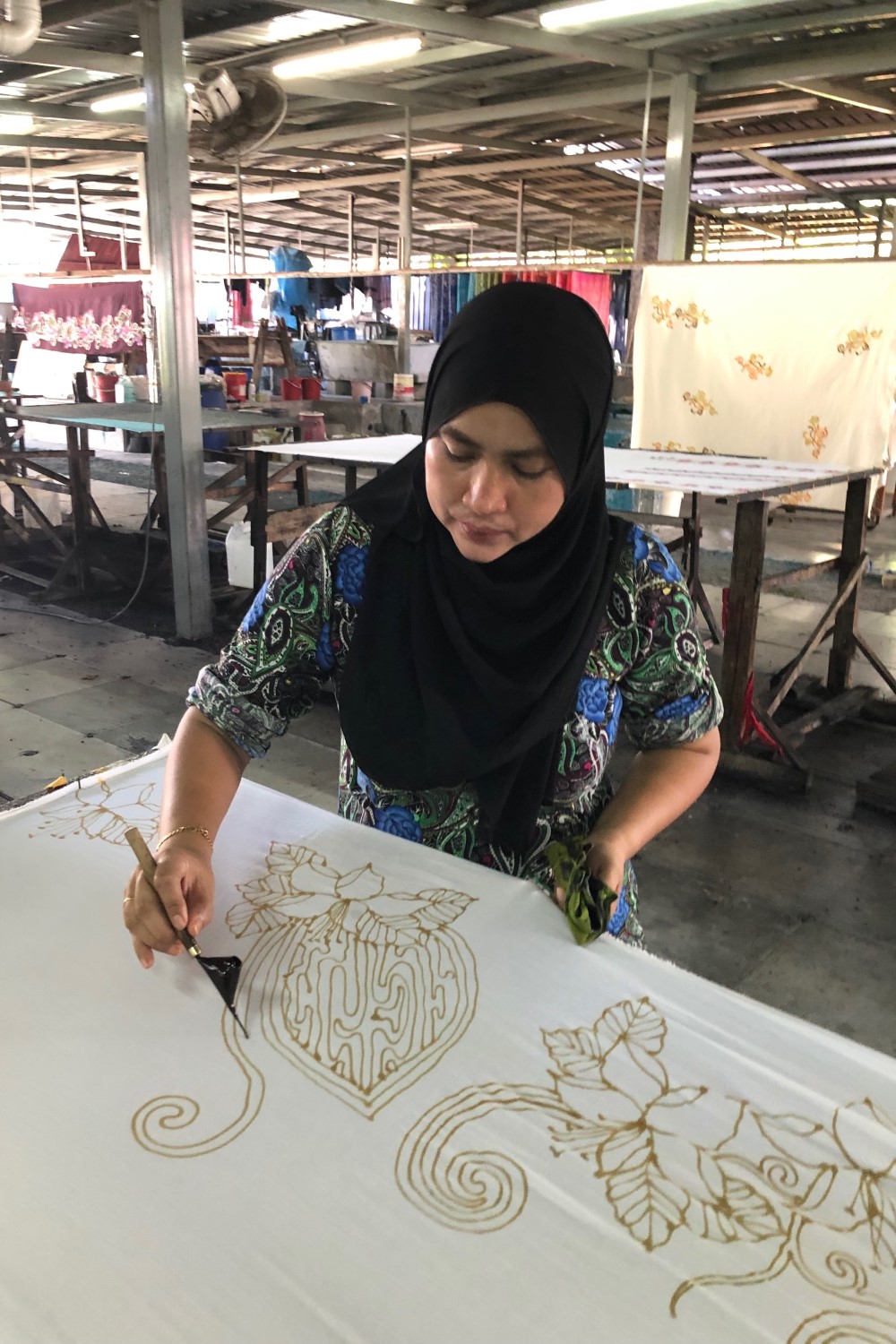
Silk painting
The Penang I saw in that brief visit in 2019 was very different from the one I wrote about. A huge Chinese-built road bridge now sweeps across the strait to connect the island with the peninsula mainland – connected only by car ferry at the time of my novels. The rubber plantations I wrote of have been replaced by spices on the island and on the mainland by the palm oil plantations that have wiped out so much of the jungle and destroyed the habitat of the orangutans.
Penang (and indeed all Malaysia) today is a multi-ethnic, multi-cultural country with a constitutional monarchy, whereas the one I wrote about was governed by the British in the first of my four books, The Pearl of Penang, under the Japanese occupation in the second, Prisoner from Penang, and riven by civil war in A Painter in Penang and Jasmine in Paris. The legacy of the past lingers on in the old colonial buildings of George Town, the old Chinese shop houses, temples and shrines. But there are now high rise apartment buildings and hotels creating a very different skyline from the one Evie, Mary and Jasmine will have looked upon.

Colonial buildings
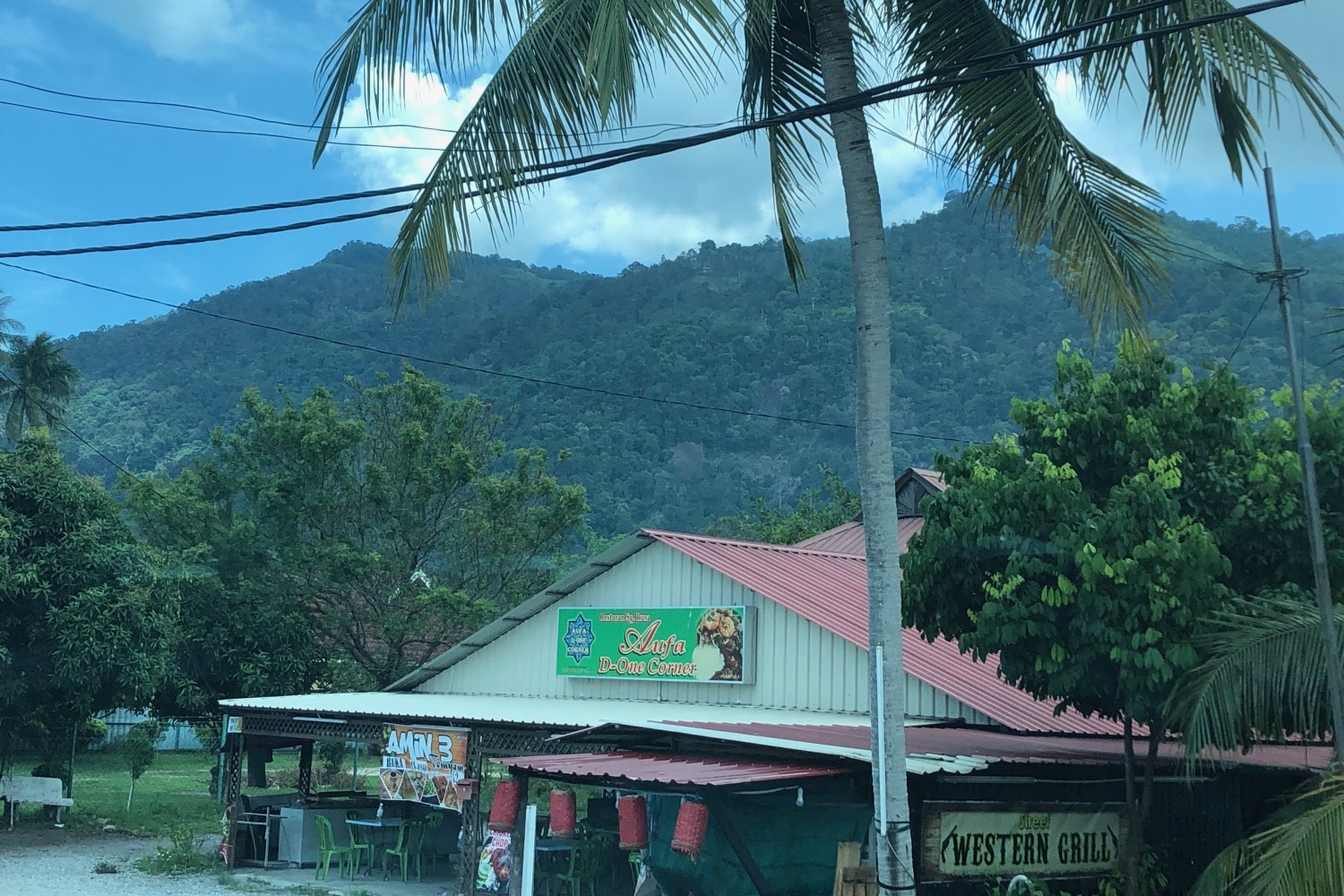
Mountain views
So how can I have fallen under the spell of a place that doesn’t really exist anymore?
I suspect the answer lies in those ghostlike traces that hint of a different past. To me Penang was a kind of palimpsest where those traces emerge only faintly visible from the shadows. Some places are shrines to the past and one doesn’t need to search to find the history as it stares you in the face. Places like Penang are more subtle. You have to look further and let the imagination work harder.
And some things remain the same. The heat, the humidity, the sudden brief but drenching rains, the smell of spices and hot oil from street food, the water lapping gently on the beaches, the richness of the flowers and bright colours of the temples.
I haven’t had the chance to return to the island of Penang since that short visit. I have only a batik printed dress I bought there to remind of the place. And of course, four books which have outsold all my other books. That’s a legacy indeed.
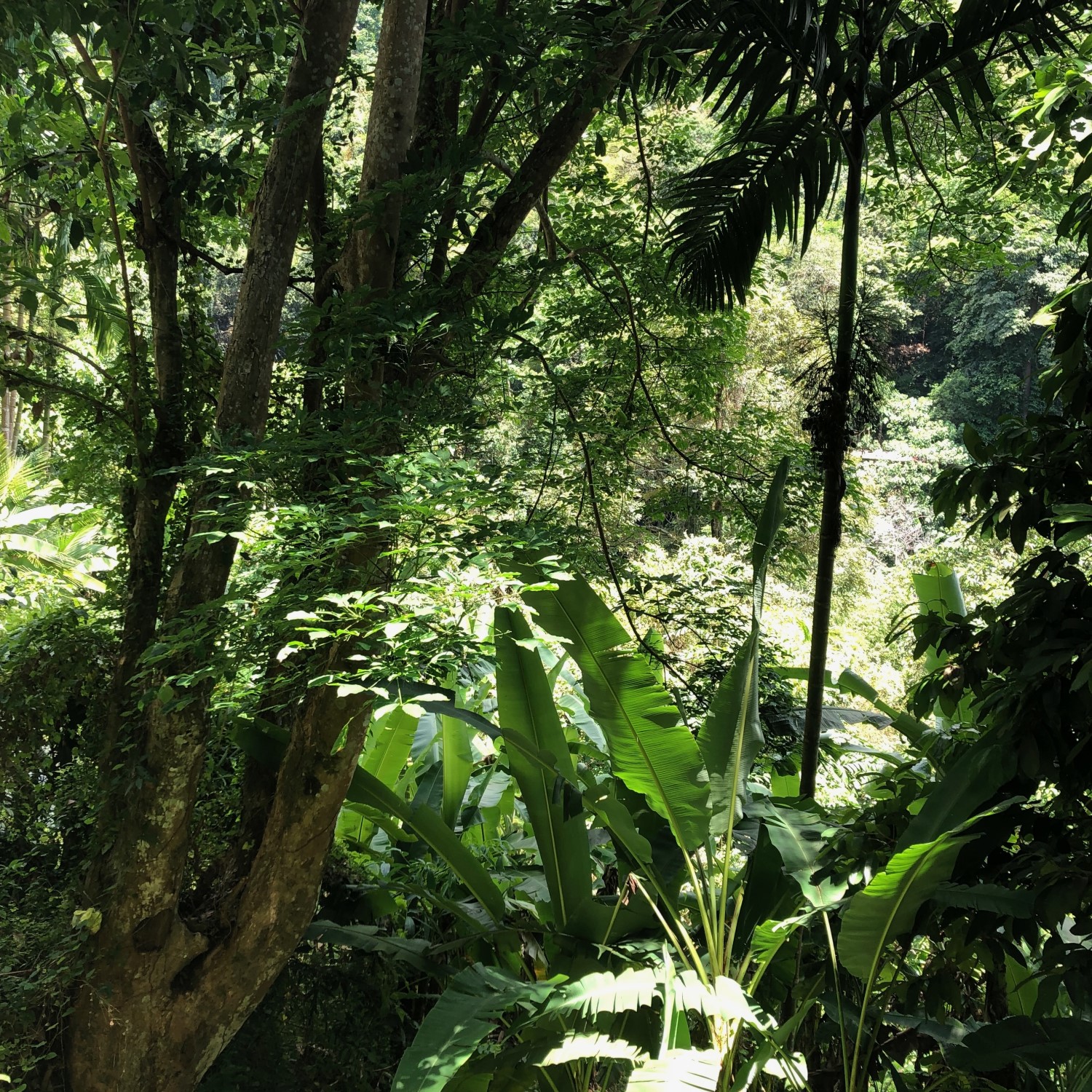
Into the jungle
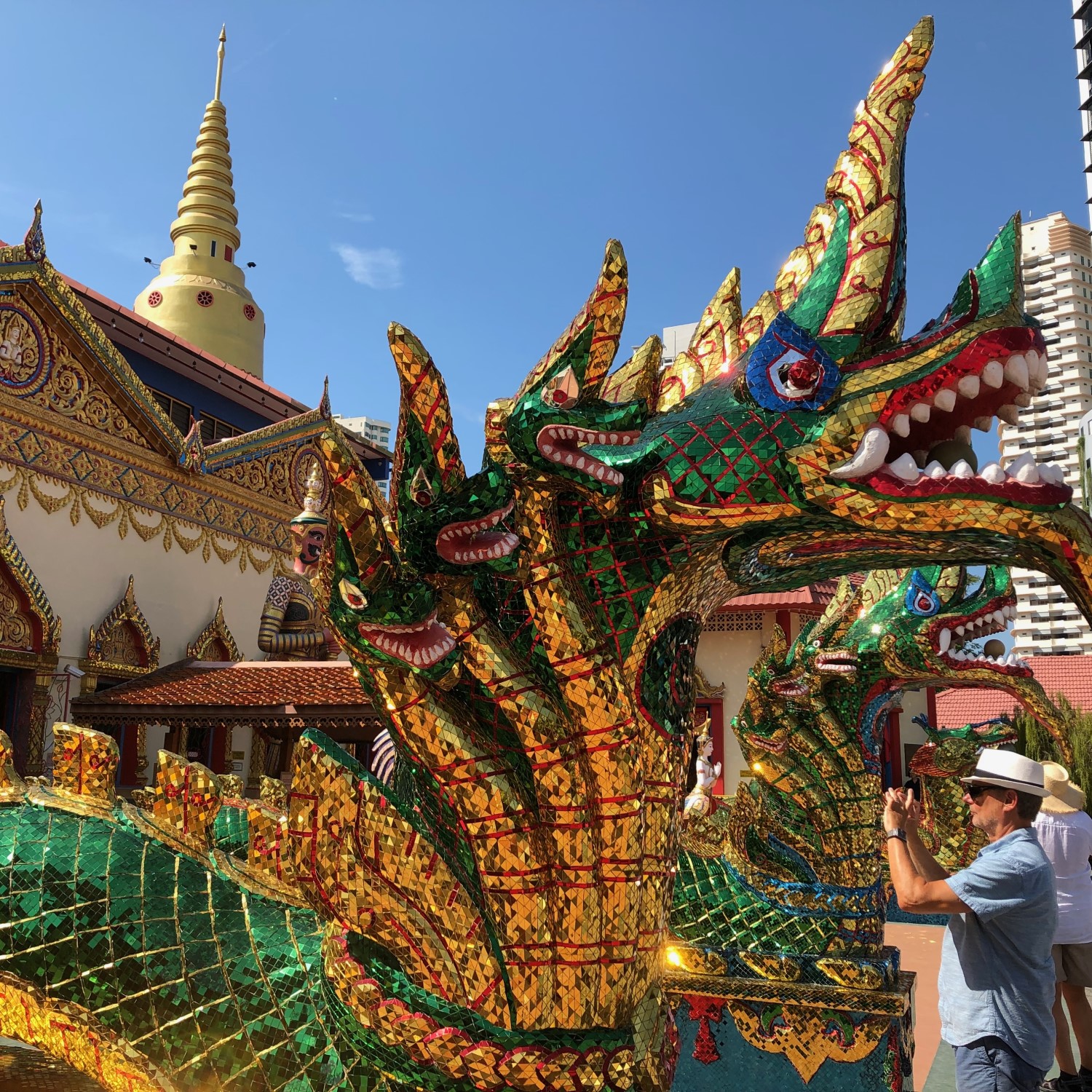
Culture and colour
Discover the Penang novels
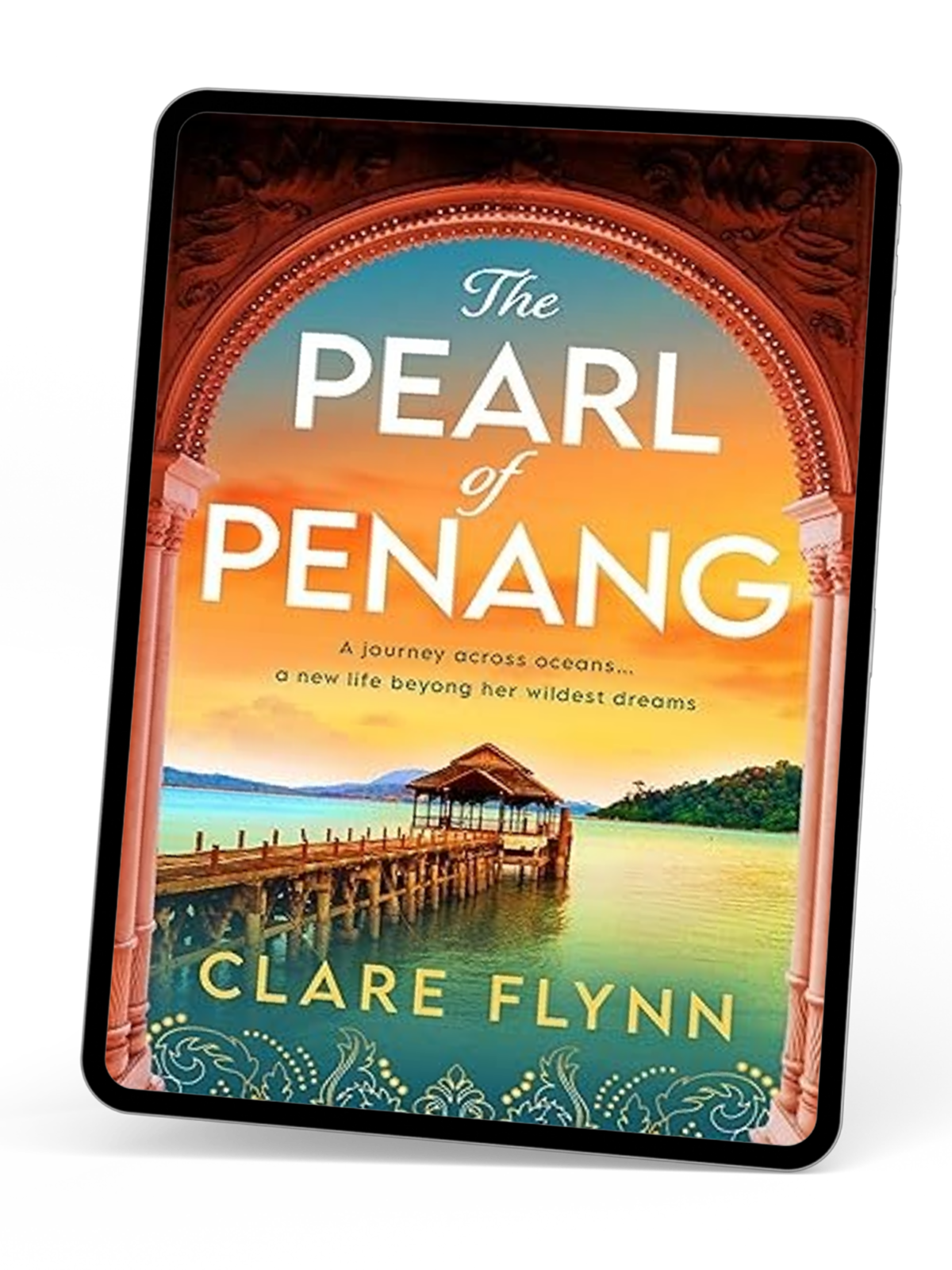

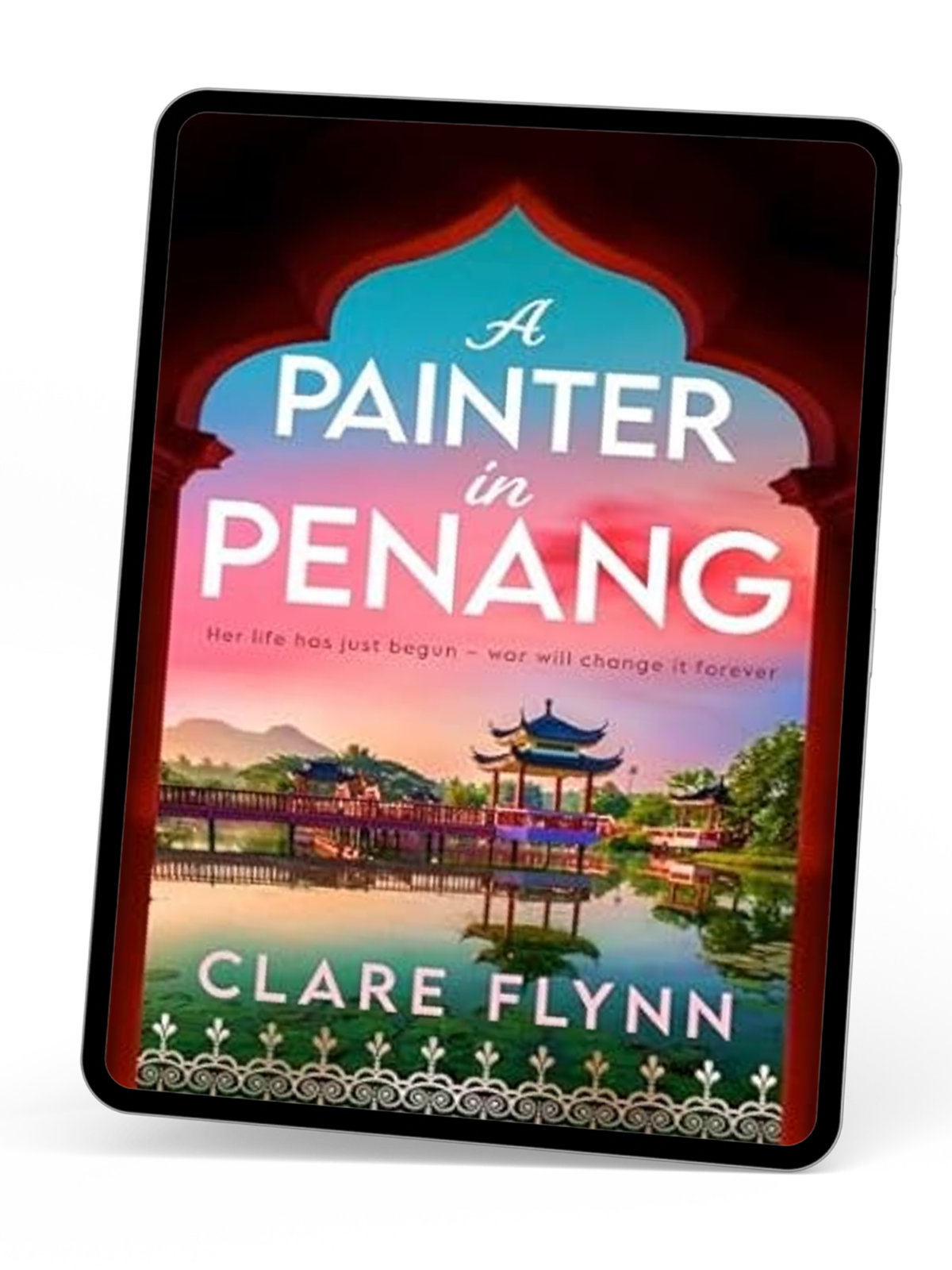


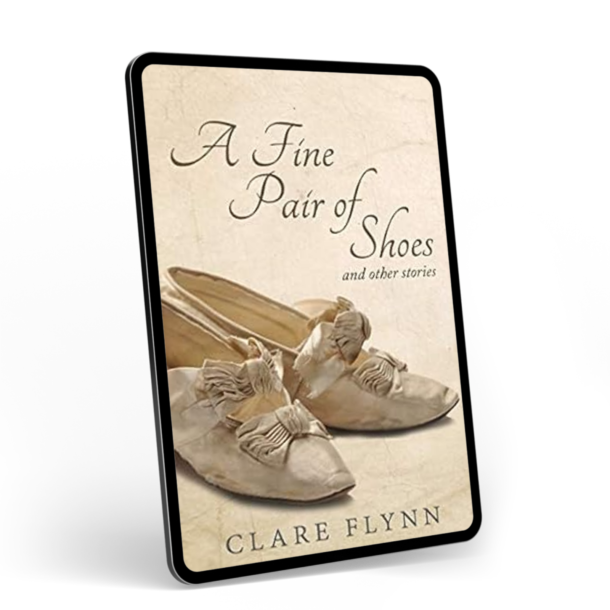
0 Comments